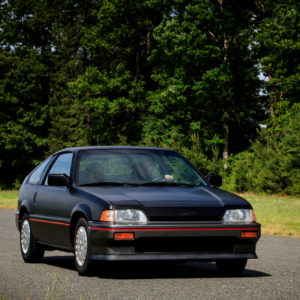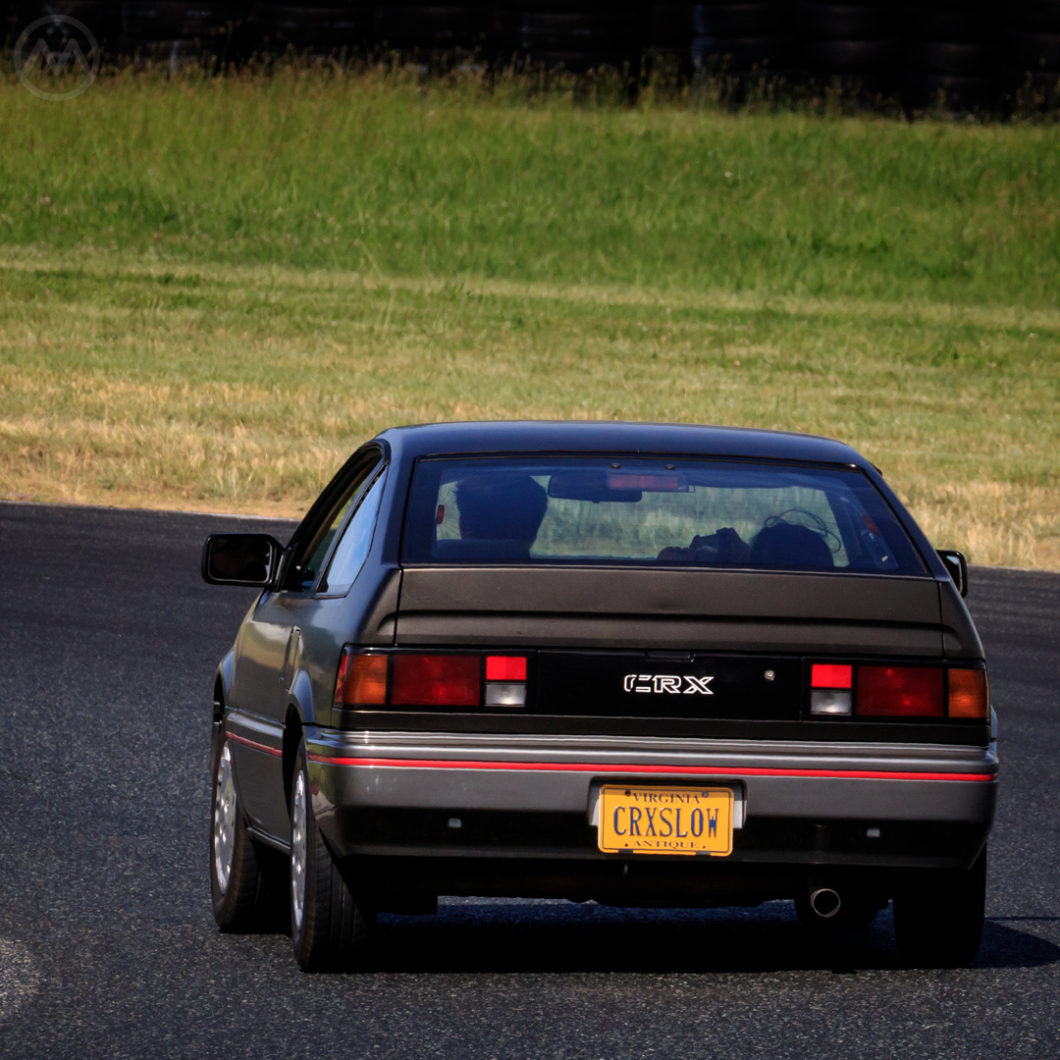It wasn’t quite a sports car, it wasn’t quite an economy car, and it wasn’t quite a hot hatch – but cleverly, Honda’s original CR-X could be all three.
The original Honda Ballade CR-X bowed in Japan the summer of 1983, another run on the ladder of Honda’s sporty portfolio that had begun with the 1979 Prelude and accelerated with the City Turbo and MkII Prelude.
Similar to Pontiac’s Fiero, the CR-X was intended as a small sports car but purposefully used off-the-shelf components to keep costs low, and could double as an economy car. Created for Japan, its best market would ultimately be the United States.
You’ll note that the first CR-X was a Honda Ballade, not a Civic. That owed to how it was sold and who it was designed for.
Honda Verno
For Japan’s highly stratified market, Honda had created a second dealer network called Verno in 1978 to match the kind of setups Nissan and Toyota had. These were multiple networks selling different variations on common platforms highly tailored to specific customers.
The first Ballade was Verno’s MkII Civic 4-door. Verno’s Vigor was a version of the Accord. The arrangement was similar to Toyota’s Sprinter and Corolla, similar but not the same and sold in different places. Later on, Honda would add another store, Clio. Preludes were sold at Verno, but the City and City Turbo were not.
The the CR-X was to be Verno’s small performance car. It bowed four months before the angular 3rd-Gen Civic/Ballade, previewing what was to come.
Sketches of the early CR-X look Lancia Montecarlo-like, but the car could only be built if it were a close relative of the Civic/Ballade. A short fastback Civic, the CR-X was 144.7” (3.67m) long on an 86.6” (2.2m) wheelbase.
In Japan, the car had an almost silly shelf-like back seat (like an MGB/GT), but it was light, fun, and practical if not quite as fast as a City Turbo. The Turbo’s light weight gave it an edge, but the CR-X did exactly what it was supposed to. That was offer a small sporty car experience in a package that wasn’t expensive to produce – unlike Honda’s S-series sports cars of the 1960s.
In Japan, power at first came from 12V 1.3 “EV” or 1.5L “EW” CVCCs. U.S. imports were quota-restricted in 1983, and so Honda USA chose not to import the City, which it felt was too small. However, it jumped at the CR-X even though it was originally meant for Japan.
Stateside CR-Xs
For the U.S., the Ballade CR-X became the Civic CR-X, and engines were simplified for federalization. U.S. CR-X’s took three forms. At the bottom was the mileage champ 60hp, 46-mpg 1.3 (later the 1.5 HF), then the 76hp 1.5, and fastest of all the 91-hp injected Si, bowing for 1985.

The styling of the car was slightly altered, removing the Ballade’s “eyebrow” headlight treatment in favor of sealed beams and also not including some of the JDM car’s add-ons. These included 14″ wheels and a unique sliding sunroof. The little back seat was eliminated entirely for the U.S. market.
American reviewers loved the light, chuckable nature of the CR-X and its low price – significantly less than a VW GTI if more limited due to it’s 2-seater-only configuration. It handled quite well despite what would seem, at first glance, some retrograde suspension changes from the older Civics. This was particularly true in the rear where a independent struts gave way to a beam axle.
Buyers for all three versions quickly took to the car – almost 50K were sold for 1984. 1986 brought flush lamps and a mild refresh, and 66K U.S. sales, the CR-X’s best ever year.
Generally, there were younger customers for the regular 1.5 and the Si. HFs tended to sell towards customers who bought them for the extreme gas mileage and low maintenance – an older group. It’s the fast ones that are well remembered now but the HF had it’s own customer base.
With no badges, nobody can tell which CR-X you are driving (though the Si tended to be more obvious). All three versions of the car proved popular with Americans and if you kept after maintenance they were long-lived, high quality cars.
In 1988, the CR-X was redesigned along with the rest of the Civics and got even sportier in MkII form. It also spawned a host of imitators from Nissan, Mazda, and Toyota – but more on that another day.

